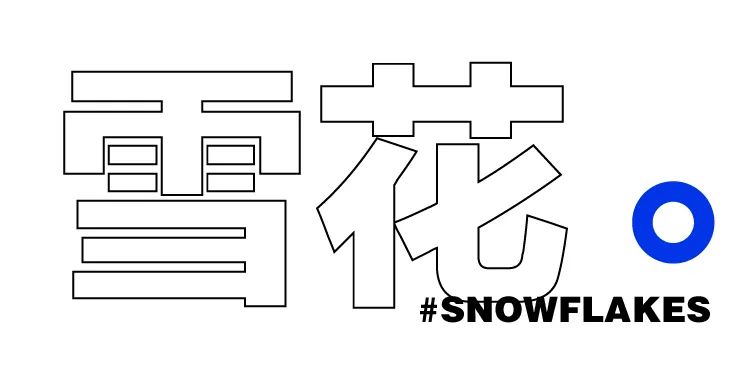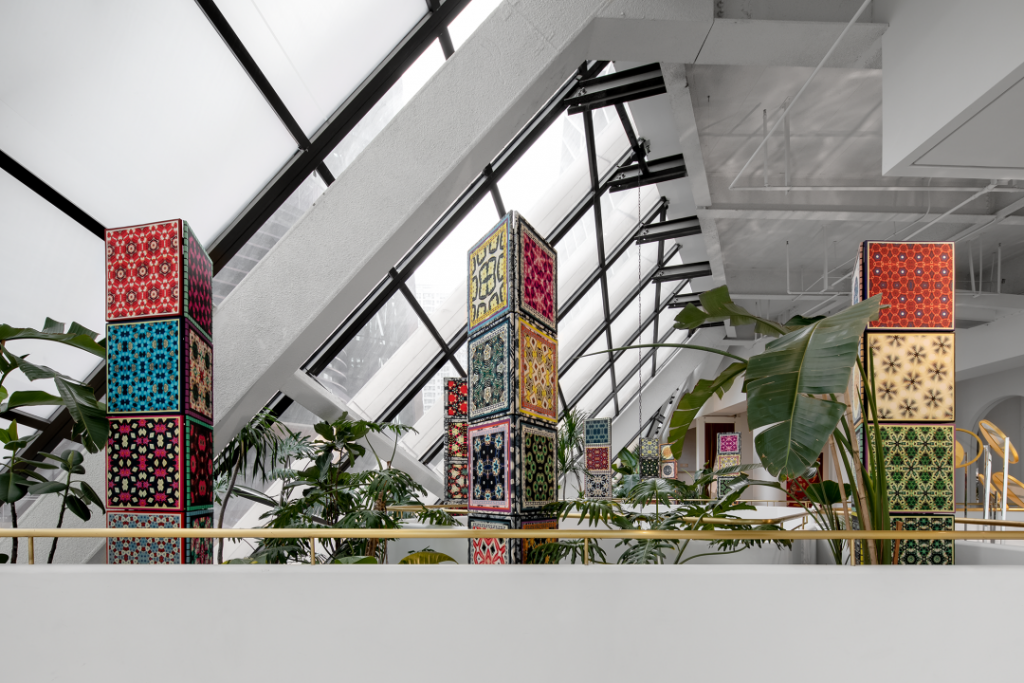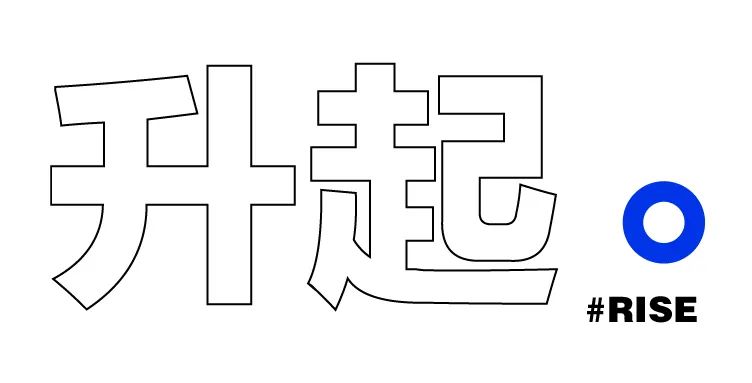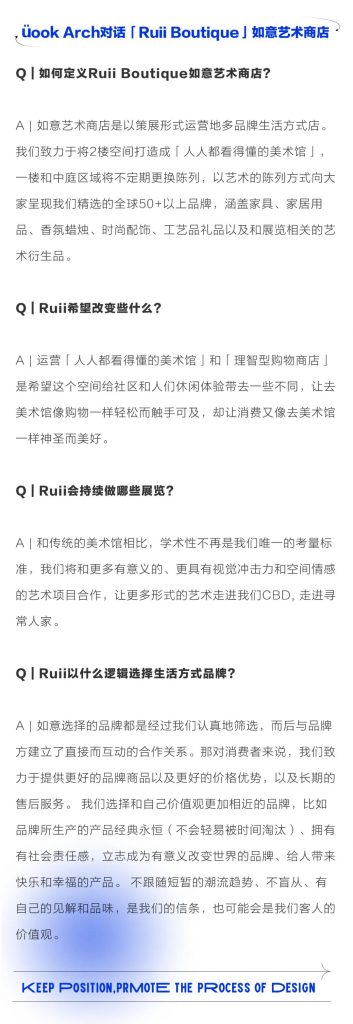After more than a year of silence, major design weeks and furniture exhibitions have returned one after another, and master solo exhibitions have begun one after another. The spring breeze blows from Guangzhou, Shenzhen, and Shanghai, and falls in the fine spring rain in Xi’an, giving birth to an April belonging to art.
The solo exhibition of installation artist JUJUWANG began on a spring afternoon. Unlike the artworks we usually appreciate, space forms an integral part of these works themselves . We can’t help but wonder, how does a seemingly ordinary device interpret its own life in different spaces? How do they work together to mobilize the five senses of the audience? What kind of self-core does the installation art that gives life to space have?

Chinese-American JUJUWANG graduated from the University of California, Berkeley. Her studio in Shanghai is a large white box, which is spacious and bright, and can accommodate large and bold works. Since 2015, her works have appeared more frequently in major exhibitions at home and abroad, and are favored by international first-line brands including ACQUA DI PARMA, AP, CANADA GOOSE, SWAROVSKI, etc.
Following the creative standards of boldly using new materials and combining sensibility with rationality, her artworks emphasize the interactive experience between the installation itself and the audience. It is reminiscent of what American art critic Anthony Johnson said, “Even the artist who created the installation cannot fully grasp the image of the installation.” Audience intervention and participation are an integral part of installation art, and are also an extension of life experience. , and the experience brought about by creation itself, the gene of happiness and freedom has become an interesting dimension of artistic aesthetics.

Picture|JUJUWANGThis exhibition is divided into three parts : “What the Heart Wants”, “Savage Growth” and “Return to Life” , with a quiet and immersive layout to guide visitors’ feelings. 17 works were placed in RUII BOUTIQUE on the first floor of Maiko Center, Jinye Road, High-tech Zone, and every small space was reorganized.In RUII BOUTIQUE, an art field run by Spanish genius designer JAIME HAYON , JUJUWANG created a set of works “LET THERE BE LIGHT” specially for this exhibition next to the most eye-catching pure white spiral staircase. .

Picture|The direction of the heartThe high-ceiling space is wide enough, and the spiral staircase fits perfectly with the Fibonacci spiral proportions. Looking from top to bottom, on the dark gray terrazzo floor on the first floor, brass lines outline an abstract human face pattern. JUJUWANG took advantage of the situation and placed an eye on it. A cluster of golden threads poured down from the top floor and focused straight on the eye on the ground . At night, only this light becomes a vivid look in the eyes, which is more symbolic of the heart’s desire.
JUJUWANG explained that the meaning it wants to convey is that there must be light, whether it is the eyes or the soul. Interestingly, many of the works on display this time can only show their complete beauty after nightfall. It really needs “light”.


Presenting installation works in an art space is also a new experience for artists. Usually, her works are exhibited in closed exhibition halls. The installation is a secondary creation of space, light and shadow, and audience, combined with music and fragrance. The bold materials define a strong personal style, and all works form an interaction between the five senses. However, the space of RUII BOUTIQUE is not completely closed. Although each space is divided into relatively independent units, there is also a clear sense of visual connection. The cooperation between the artwork and the space requires a new round of design to present it. Best state .

“I especially like to use mirrors, reflections and glittering materials. I subconsciously think that these materials represent a part of me.” What you see most in her works are the flowing light and shadow, the soft calmness, which allows the urban portraits to return to nature. Just as relaxing.

Picture|Snowflake
“Snowflake” is composed of 22 mirror modules, like snowflakes falling in space. This originated from a cross-border cooperation between JUJUWANG and the world watchmaking brand Audemars Piguet. Gold foil depicts the scenery of the Swiss Vallée de Joux, the birthplace of the brand, on the mirror surface . At night, the lights reflect these scenery onto the wall for re-creation. The snow-capped mountains and lush pine forests, the sun, streams, eagles, deer … In the shadows, the distant Alps come alive on the wall, creating a dreamlike vision. Present unexpected surprises.


The most spacious place is undoubtedly this venue filled with giant bows. This work was created in October 2020. After the epidemic eased, ” people have been bored at home for too long and urgently need to go out. They want a complete release that breaks through the roof .” She chose a very flexible bow shape and a very rigid wire. With the support of her engineering background, the giant butterfly is stable and hard, and is completely transparent under the light . The two images and feelings coexist in the exaggerated sense of breaking out of the window, forming a completely immersive beauty, firm and soft.

Picture|Savage growthT
his group was once exhibited in the loft of “Object Collection” in Shanghai. It collided with the old bungalow full of stories. The weight supported the light dream, creating a hazy beauty that transcended time and space. Nowadays, when the same work is exhibited in a modern art space, it brings people relatively independent and restrained emotions. When wandering around, there are two completely different perceptions.

Figure | Object Collection-Savage growth

Influenced by Western culture, she values pure and intuitive expression in her creations. However, her curiosity and interest in traditional culture extend to deeper tentacles, creating her highly conflicting creative concepts. Most of her works are the collision of Eastern and Western culture, traditional art and contemporary art, rationality and sensibility. Extracting creative inspiration from traditional culture and nature and combining it with contemporary artistic means is the creative path she has developed for herself.

When creating an installation for Chaotian Palace in Nanjing, she captured the charm of the patterns on doors and windows of Chinese temples. However, she set aside all the green paint and red glaze during the creation process, and did not stick to the limitations of wood material. Instead, she recreated the extracted patterns. The creation uses simple outlines and is laser-engraved on a very contemporary transparent acrylic panel. When the ancient temple door panels temporarily remove the weight of history, they add a layer of youthful aura. “Architecture is no longer a behemoth standing alone, but a link that connects emotions and interprets culture.”

Picture|Looking at the Palace

The complete “Cloud House” consists of ten devices, placed in a pure white closed space, and equipped with dedicated music and fragrance.
Picture | Cloud House
This is an interactive device. Pull it to rotate in the air, as if it is floating slowly in the sky with the clouds. It reflects surreal light and shadow through the irregular patterns. The handmade paper with a history of more than 800 years is traditional and rough, in line with modern times. Laser engraving awakens its hidden toughness and lightness. She believes that instilling traditional culture into young people cannot be instilled with traditional thinking, but can be conveyed in a more interesting way that they are willing to accept .



Another part of JUJUWANG’s works clearly contain reflections on the real world and perceptions of life. Like a cocktail with rich temperament, sharp topics and thoughts are deconstructed and discussed with soft language, and the hazy artistic beauty becomes loud and clear.

A few simple sketches on a small drawing board of 20X25cm present topics that concern everyone. Yellow, pink, blue, green, and disorderly lines restore the plastic residue discovered by scientists in Antarctica a few years ago . This news had a great impact on JUJUWANG. She quickly captured this “cruel beauty” and used acrylic, silk thread, beads, plastic sheets and other materials to restore the plastic residue under the microscope, reminding everyone of the importance of environmental protection.

Figure| Plastic

“Strawberry Strawberry” is full of childlike fun, but also extremely ironic. “My daughter likes to eat strawberries, but the strawberries now look very scary.” Human-made traces have created natural deformities, so she made many deformed strawberries, large deformed strawberries made of artificial materials such as plaster and crystal, and The green plants growing freely next to it form a strong contrast. The moment I pick it up and play with it, I wonder if it is childish or romantic?

Picture| Strawberry Strawberry

Being forced to stay at home for a long time during the epidemic slowly turned from enjoyment to irritation, but the process of kneading clay was soothing. “It takes a lot of effort to knead, and each one is inlaid with hundreds of glass beads. , the shape is randomly pinched out, different people will have different opinions when they see it, but it is very healing for me.”

In a few months, she completed a total of 99 works, named “KIMO-KAWA”. Kimo means “disgust” and Kawa is translated as “beauty” . These two seemingly unrelated words can be seen everywhere in a life full of contradictions, such as disgust and joy, disdain and expectation for reality, looking for purity, harmony, balance and the most authentic expression in the chaos.

Picture| Chou Meng Chou Meng

For JUJUWANG, art is a matter of equal parts rationality and sensibility, and installation art is also her “diary” that records her life and emotional context.

Picture | FOLLOW YOUR HEART

The carpet hung on the first floor is a work loved by all ages and was specially made by JUJUWANG for his daughter. She put together the body language that her daughter usually used to express love to her: the love expressed by her two little feet, her favorite gestures to show her heart, and her cute little butt. She used 22 colors – her daughter’s lucky numbers. The colorful colors create a childlike imagination, and the “serious” carpet instantly becomes lighter.

Picture | Hearted

This is what JUJUWANG did for a friend of a Duke and Duchess in the UK. After more than 20 years of trying, the Duke and Duchess still have not been able to conceive their own offspring. Because of this, their ancient surname will pass away with this generation. disappeared, but the couple was enthusiastic about charity and founded a foundation. JUJUWANG made their last name “VON·KOHORN” into the shape of a heartbeat, which is about the continuation of life and love.

Picture | Van Kohorn

The most interesting interactive device is the group called “Rising”. On the stainless steel base is a gold foil disc sealed by two layers of glass. There is oil inside. According to the engineering matching of the quality and specific gravity of the oil and external materials, the middle disc will rise and fall from time to time during rotation, but there is no guarantee. The disc hits the top every time.
It is inspired by the thinking of a philosophical proposition: Even if the sun rises hundreds of millions of times, it cannot be concluded that the sun will rise as usual tomorrow . “We cannot use rules to judge the future, just like waiting for each rise takes time. “

Figure|rising

Art is a revelation of life and the journey of people’s hearts , from which we gain comfort and resonance. Sometimes it is an unintentional and carefree painting; sometimes it is a different kind of reminder that “it is both scrap and gem”. We need to stop and take care of these emotions from time to time in order to gain the power to be healed. Our cities need this healing power, too.




